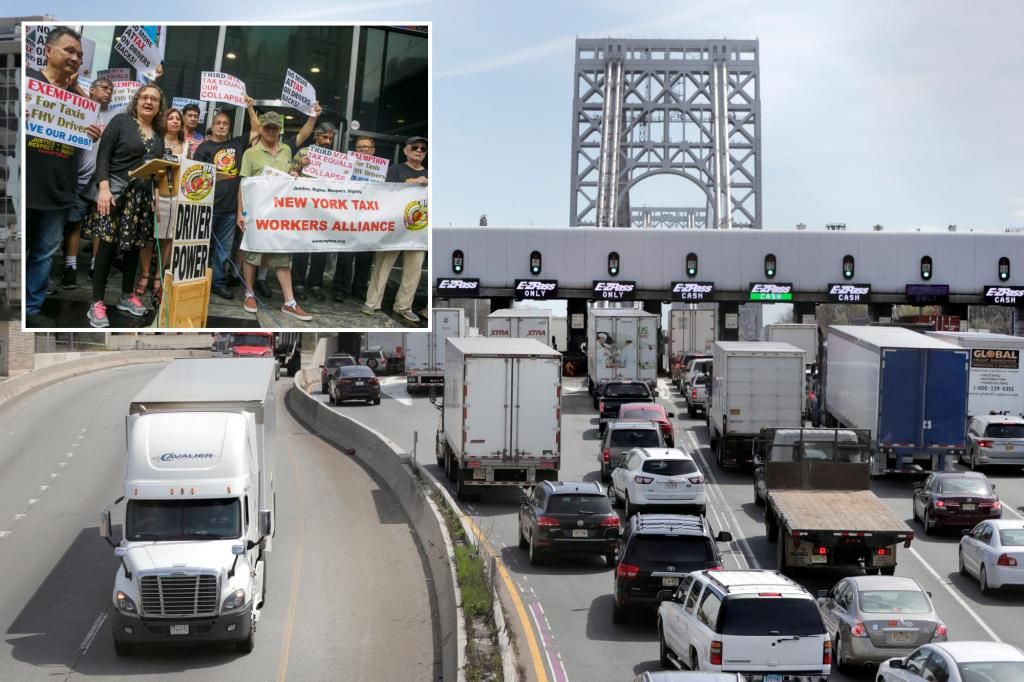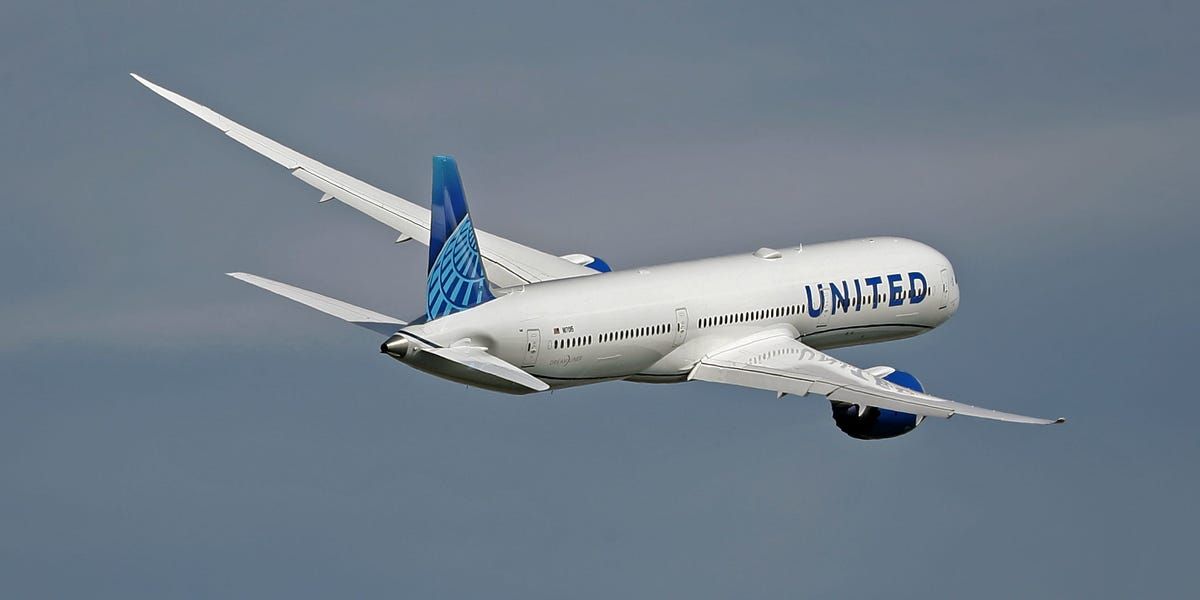Chairman of congestion toll panel Carl Weisbrod will consider exemptions for suburbs
It’d take a toll.
The chairman of the panel charged with setting the price for the coming and controversial Manhattan congestion pricing program said Wednesday that any discounts and exemptions would require others to pay more.
New Jersey and suburban New York politicians have pushed hard for major exemptions to the program, claiming that the toll will hurt the Big Apple’s economy by discouraging workers and families from taking trips to Manhattan.
“We’re going to give consideration to it, whether we decide to do nothing, whether we decide to do a maximum credit or do something in-between; because, again, there’s a lot of balancing here,” said Carl Weisbrod, the former chief of city planning who leads the Traffic Mobility Review Board.
“To eliminate congestion pricing tolls from anyone coming from the west or anyone using the Midtown tunnel or the Battery tunnel – that just defeats the purpose of the program, which is to try to reduce the number of vehicles,” he added.
By law, the toll must raise approximately $1 billion a year in revenue to help fund the modernization of the Metropolitan Transportation Authority’s subways, buses and commuter railroads.
The recently completed 4,000-page review of the program and its environmental impacts ordered by the federal government found that most trips into the toll zone — which will stretch south from 60th Street, though traffic on the FDR and West Side Highway is exempted — are already made by subway, bus or on by commuter railroad.
The chairman of the panel for setting the price for Manhattan congestion pricing program said Wednesday that any discounts and exemptions would require others to pay more. AP
It studied a range of tolls of between $9-$23 per day.
Federal regulators have already required the MTA to set up a discount program for low-income drivers who commute from transit-deprived neighborhoods into Manhattan.
Opponents say the MTA should find the money through other means, including finding ways to lower its costs, which are among the highest in the world. SARAH YENESEL/EPA-EFE/Shutterstock
Additionally, the state law that created congestion pricing includes provisions allowing residents of the tolling zone who make less than $60,000 annually to write off the expense on their taxes.
“I think there’s a clear sentiment that we want to keep the base rate as low as we can,” Weisbrod added.
The federal environmental review determined that imposing the toll could slash the number of cars entering Manhattan’s business district by as much as 20 percent.
Advocates for the tolling program argue it kills two birds with one stone: The toll will encourage people to take transit into Manhattan instead of driving, helping to cure its chronic congestion; while the revenues would help improve subway service to make transit more convenient and reliable.
Opponents say the MTA should find the money through other means, including finding ways to lower its costs, which are among the highest in the world.
Source: New York Post


